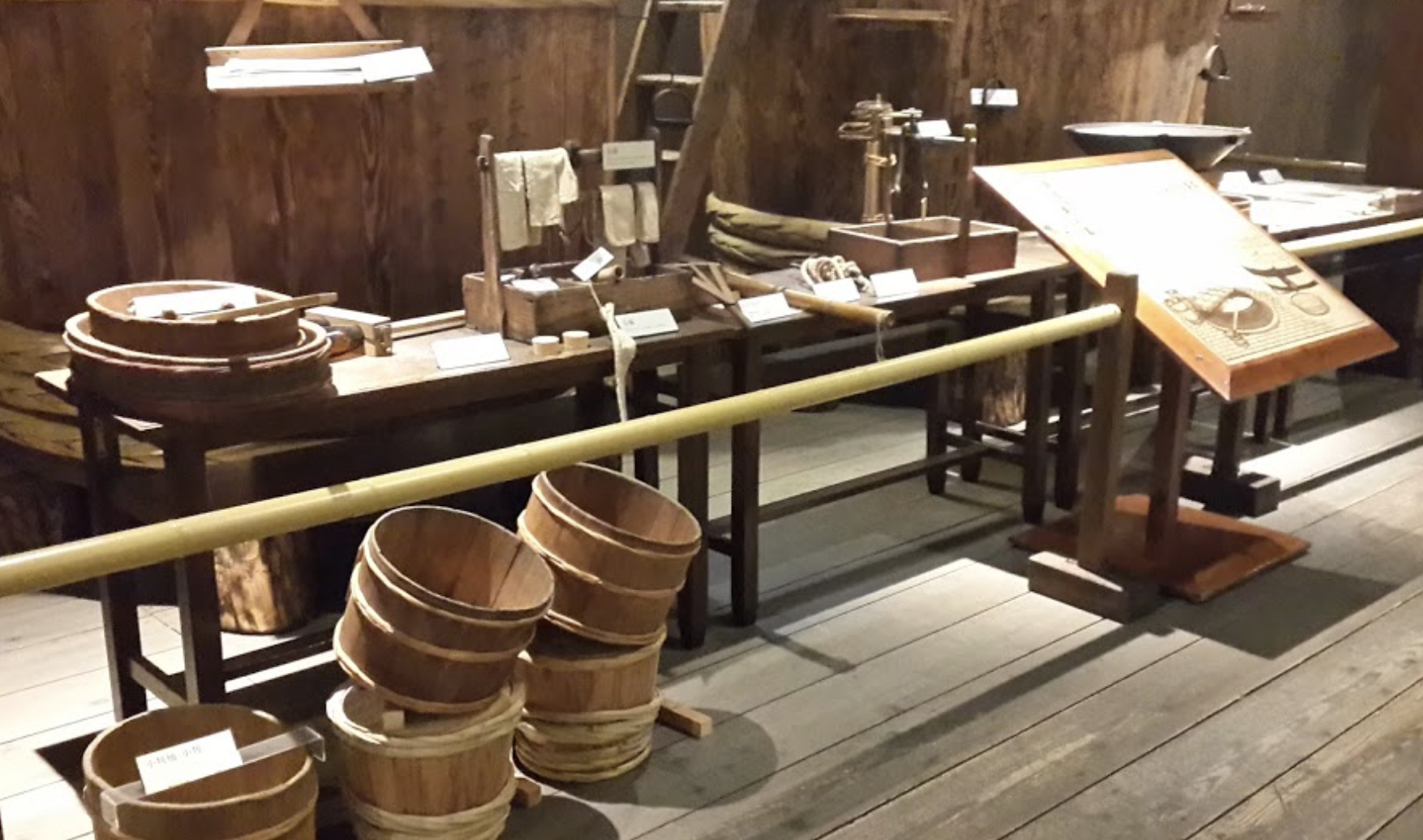During my time in Kobe, Japan, I visited a social for-profit business, Hakutsuru Sake Brewery Museum, where I learned about the ancient Japanese sake brewing process and how this process has evolved over time. As a society, the Japanese have made efforts to preserve their rich, traditional culture even when faced with globalization and modernization. There are many Japanese museums and historical sites that function as social, for-profit businesses with the purpose of educating Japanese and foreigners about the nation’s history and culture.
The museum I visited is owned by Hakutsuru Sake Brewing Co, which has been brewing sake since 1743. The goal of opening a cultural educational business was only to educate people about brewing, but also to reinforce the Hakutsuru brand. The museum connects the organization with its mission statement as being a “supporter of social culture” (Hakutsuru Sake Brewery Museum, 2017).
Hakutsuru Sake Brewing Co has developed a system (the building, exhibits, museum employees) to enhance the information markets (created the opportunity to increase people’s knowledge of ancient sake brewing and modern sake brewing) while capitalizing on it.
This museum also demonstrates a symbiotic relationship between for-profit social entrepreneurs and tour guides us some background information at each exhibit. This is an example of a symbiotic business relationship because the museum increases revenue when tour guides bring visitors and the tour guides attract tourists to pay for their tours by advertising that they will go to a sake brewery museum.
Museums are great places to learn about culture because education takes place through experiential learning such as interactive sites, which can be more entertaining than learning in a classroom.

